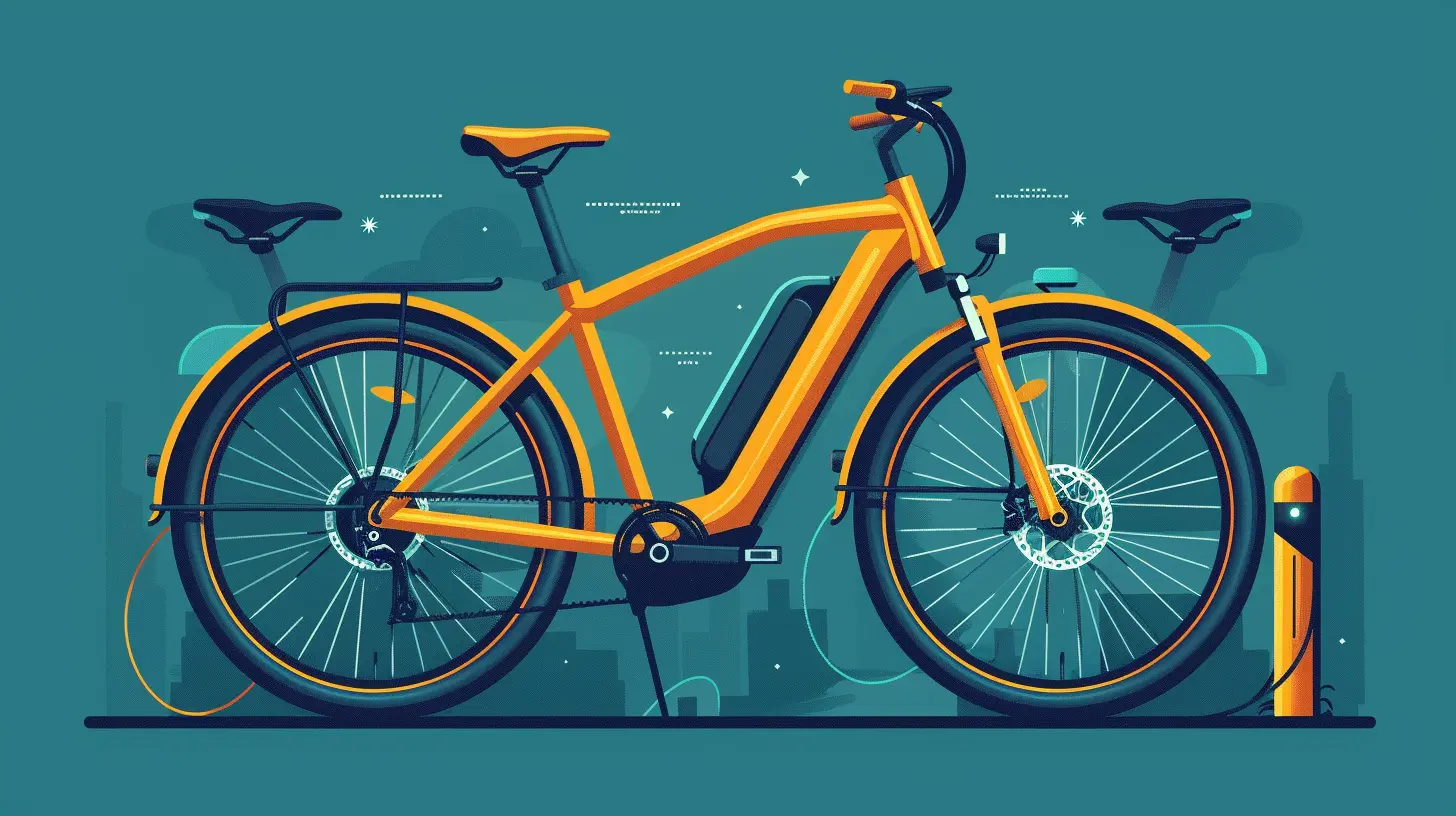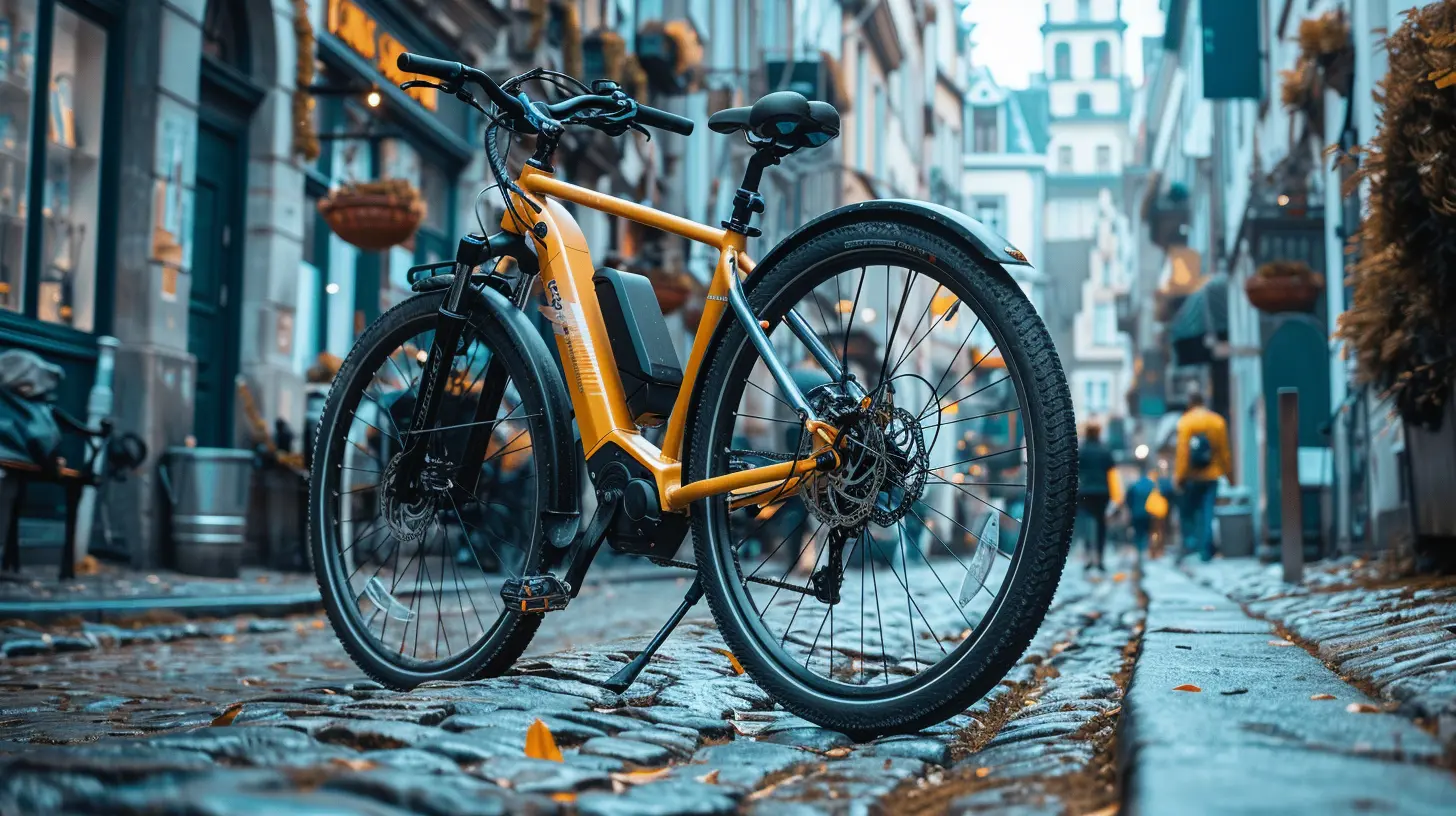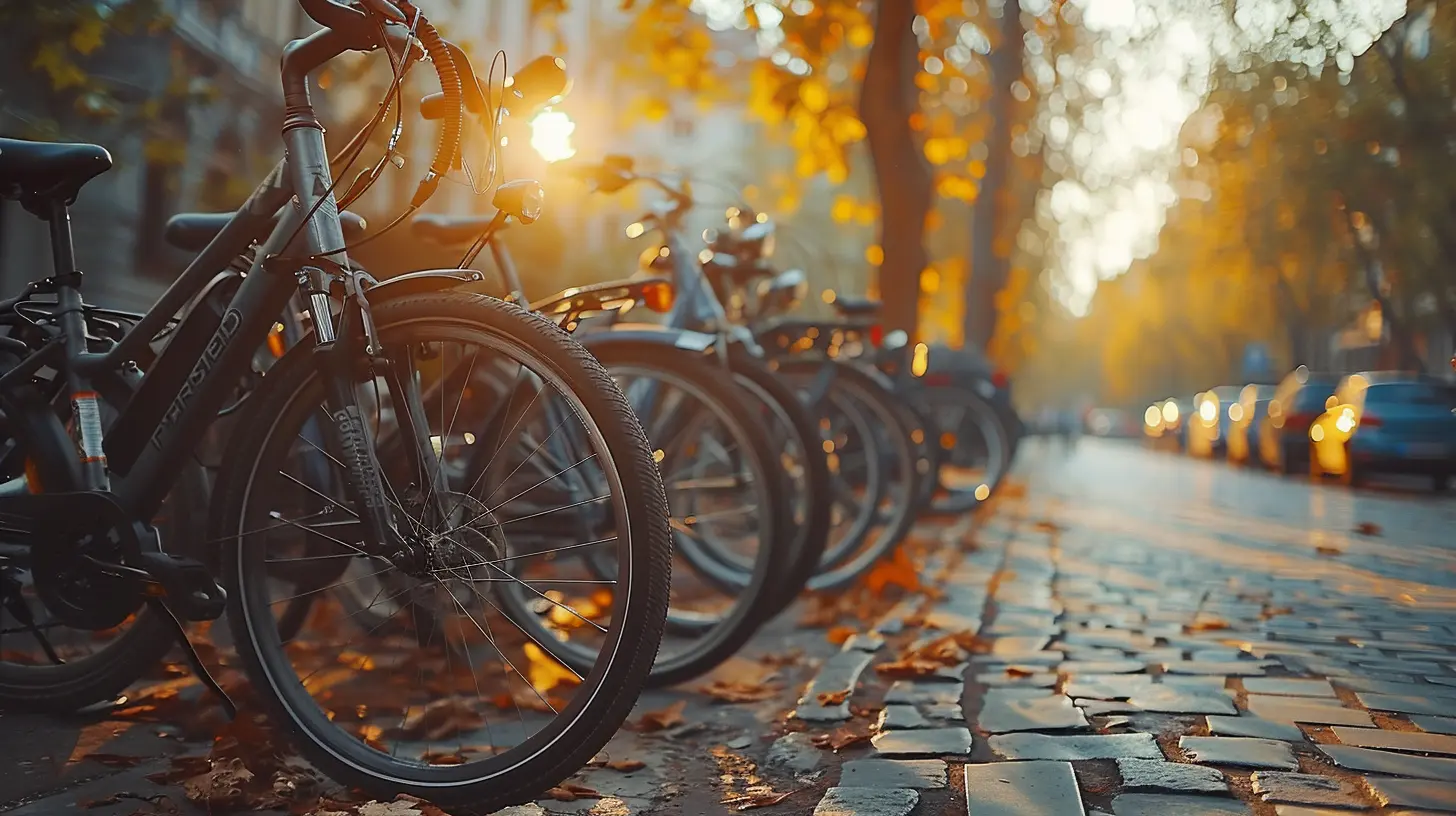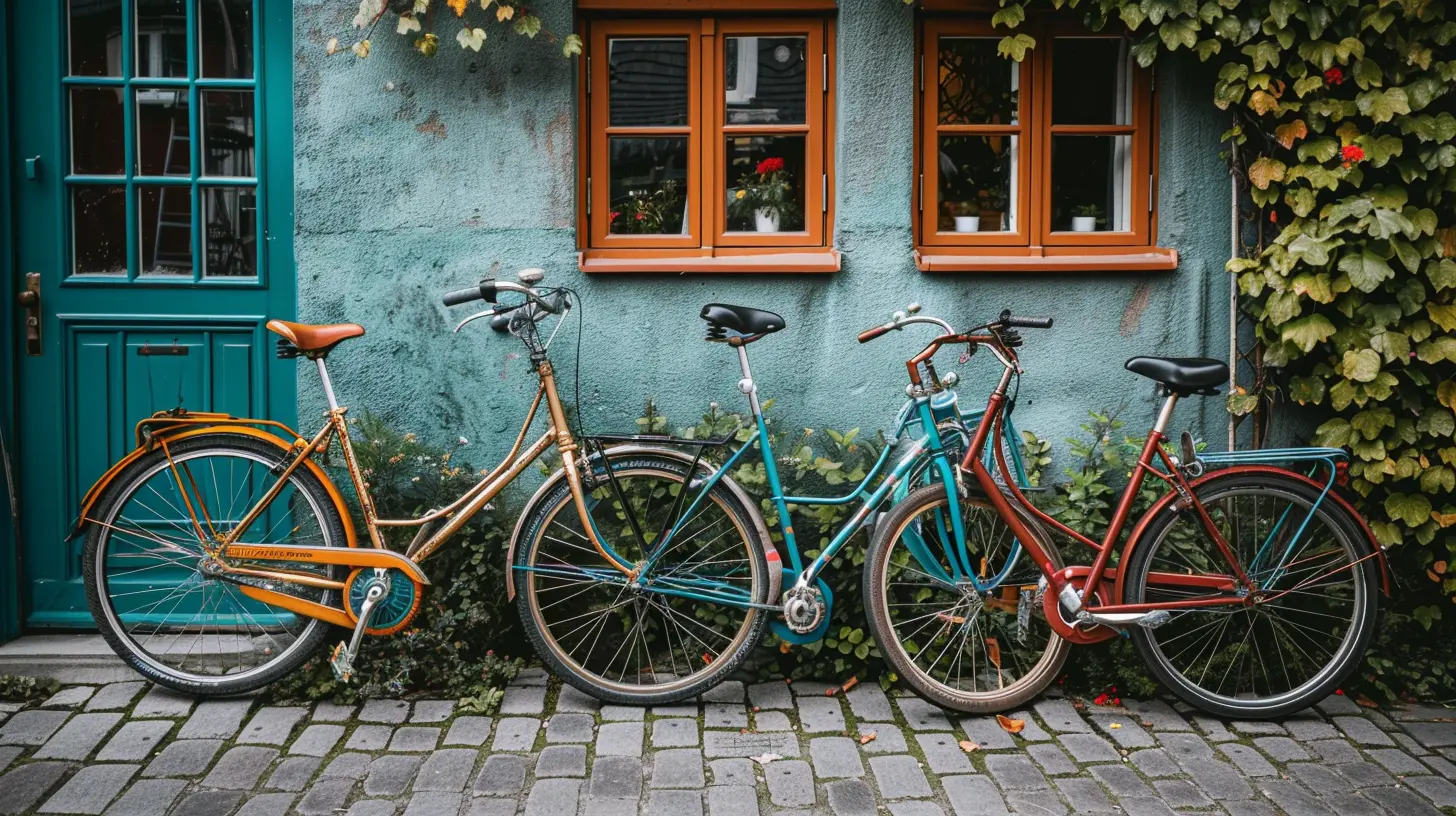Electric Bikes and Their Role in Sustainable Urban Transport
23 May 2025
Urban transportation is evolving at an unprecedented pace. With cities growing denser and concerns about pollution escalating, commuters are searching for alternatives that are not only efficient but also eco-friendly. Enter electric bikes (or e-bikes)—a game-changer in sustainable urban mobility. They promise a greener, healthier, and more convenient way to navigate city streets without contributing to congestion or emissions. But are e-bikes really the future of urban transport? Let’s dive in.

The Growing Need for Sustainable Transport
Traffic congestion is becoming a nightmare in modern cities. Long commute hours, rising fuel costs, and environmental degradation have made traditional transport methods less appealing. Public transit is often overcrowded, and while walking is great for short distances, it’s not always practical.Now, consider this: what if you had a mode of transport that was faster than biking, less exhausting than pedaling all the way, yet still good for the environment? That’s exactly where electric bikes come into play.

What Are Electric Bikes?
An electric bike is essentially a bicycle with an integrated electric motor that assists with pedaling. Unlike motorcycles, e-bikes don’t run solely on a motor—they enhance your pedaling effort, making rides smoother and covering longer distances easier.There are different types of e-bikes, but they generally fall into three categories:
1. Pedal-Assist (Pedelec) – The motor kicks in only when you pedal, reducing strain and increasing speed.
2. Throttle-Controlled – These work more like scooters, where you don’t need to pedal at all.
3. Speed Pedelecs – A step up from regular pedelecs, offering higher speeds up to 28 mph (45 km/h).
Regardless of the type, e-bikes are proving to be a promising alternative to traditional vehicles in urban environments.

How Electric Bikes Contribute to Sustainability
1. Cutting Down Carbon Emissions
One of the biggest advantages of electric bikes is their negligible carbon footprint. Unlike cars that burn fossil fuels and contribute to greenhouse gas emissions, e-bikes use rechargeable batteries that consume minimal electricity. According to studies, an e-bike produces around 2-5 grams of CO₂ per kilometer, compared to 271 grams from a car. That’s a huge difference!2. Easing Traffic Congestion
Have you ever been stuck in bumper-to-bumper traffic, frustrated and impatient? E-bikes provide a way out. They take up minimal space, can use bike lanes, and help reduce the number of cars clogging urban roads. The more people switch to e-bikes, the fewer cars there are on the streets, leading to smoother traffic flow.3. Offering an Energy-Efficient Solution
Compared to traditional motor vehicles, e-bikes are highly energy-efficient. While an electric car might require 15-20 kWh per 100 km, an electric bike consumes less than 1 kWh per 100 km. That’s almost 15 times less energy! This efficiency makes e-bikes a crucial player in reducing urban energy consumption.4. Promoting Healthier Lifestyles
Think e-bikes make you lazy? Think again. While they assist with pedaling, they still encourage physical activity, unlike cars where you just sit and steer. Many users report that e-bikes have motivated them to ride more often and for longer distances than they would on a traditional bicycle. It’s a win-win: you get to travel efficiently while staying active.5. Reducing Noise Pollution
Cars, motorcycles, and buses contribute significantly to urban noise pollution. E-bikes, on the other hand, are incredibly quiet. Imagine a city where the constant honking and engine roars are replaced with the soft hum of e-bikes gliding through the streets. Sounds peaceful, right?
The Challenges of Electric Bikes
Of course, like any technology, e-bikes come with challenges. Let’s address a few:1. High Initial Costs
E-bikes can be expensive, with quality models ranging from $1,000 to over $5,000. While this might seem steep, the long-term savings on fuel, maintenance, and even gym memberships (since you’re getting exercise) can balance it out.2. Battery Life and Charging Infrastructure
Most e-bike batteries last between 30-100 km per charge, but charging stations aren't as widespread as gas stations. However, with cities investing more in bike-friendly infrastructure, this is rapidly changing.3. Safety Concerns
Since e-bikes are faster than traditional bicycles, they require better safety measures. Riders need to be cautious, wear helmets, and follow road safety rules. Governments also need to ensure proper regulations to integrate e-bikes safely into urban transport systems.Are Cities Ready for an E-Bike Revolution?
Many cities worldwide are already embracing e-bikes. Countries like the Netherlands, Germany, and China have seen massive adoption rates, with dedicated bike lanes and policies supporting these eco-friendly rides.Governments and urban planners need to start prioritizing cycling infrastructure—dedicated bike lanes, proper parking facilities, and financial incentives for e-bike users. Cities like Paris, London, and New York are gradually implementing such measures to make urban commuting smoother and greener.
The Future of E-Bikes in Urban Transport
With advancements in battery technology, declining costs, and growing awareness about sustainable transport, e-bikes are poised to become a dominant player in urban mobility. Faster charging, longer battery life, and integration with smart city infrastructure could further accelerate this shift.If more people switch to e-bikes, we’ll see cleaner air, less traffic, and healthier citizens. It’s not just an alternative; it’s a necessity for a sustainable future.
Conclusion
Electric bikes are more than just a trend—they are a significant part of the future of urban transport. Their role in reducing emissions, easing congestion, and promoting healthier lifestyles makes them an ideal solution for modern cities. While challenges exist, they are far outweighed by the benefits.So, the next time you’re stuck in traffic or dreading your long commute, consider hopping on an e-bike. It might just change the way you experience city life.
all images in this post were generated using AI tools
Category:
Environmental TechAuthor:

Ugo Coleman
Discussion
rate this article
3 comments
Rook Rios
Great article! Electric bikes are truly transforming urban transport, offering a sustainable, efficient solution for cities. Embracing this technology can lead to cleaner air and healthier communities.
May 29, 2025 at 3:46 AM

Ugo Coleman
Thank you! I'm glad to hear you found the article insightful. Electric bikes indeed hold great promise for a more sustainable urban future!
Ulrich McQuillan
Essential for urban sustainability.
May 27, 2025 at 12:04 PM

Ugo Coleman
Absolutely! Electric bikes are pivotal in reducing emissions and promoting eco-friendly commuting in urban areas.
Isaac Jenkins
Powering a greener future!
May 25, 2025 at 11:45 AM

Ugo Coleman
Thank you! Electric bikes are indeed key to promoting sustainable urban mobility and reducing our carbon footprint.



